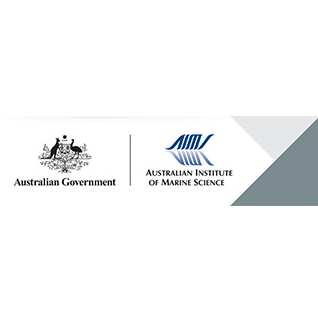Full description
The study is based on water quality analyses, and ecological surveys of benthic cover, biodiversity, and octocoral community structure. Three groups of ecological attributes were used to discriminate between potential causes of chage: benthos cover, octocoral richness, and community structure.Field research was carried out in two regions within the Great Barrier Reef (GBR) with differing water quality gradients: one that receives river flood plumes from agricultural areas and one exposed to runoff from catchments with little or no agriculture.
One-off surveys characterised 54 reef sites across the whole continental shelf, and targeted research on 13 inshore reefs between 2000 and 2002. An additional 40 mid- and outer-shelf reef sites were visited within the two regions for cross-shelf one-off surveys of benthic cover and octocoral communities. Surveys were conducted on two sites per reef (windward and leeward sides) at five depth zones per site (0–18 m); each survey at each depth zone covered ;500 m2 of reef area. Survey data were collected on percentage cover of the main benthos groups (hard coral, octocoral, macro algae, turf algae, coralline algae, sand and rubble) and taxonomic inventories and abundance estimates (rating 0–5) of all genera of octocorals.
Ecological attributes with contrasting responses to bleaching, crown-of-thorns seastar predation, runoff, and cyclones were chosen for the study. The chosen attributes were:
1) Benthic cover of hard corals, octocorals, and macroalgae. These are the main groups of organisms usually measured in the assessment of coral reefs, and were expected to respond to changing environmental conditions and disturbances in contrasting ways.
2) Taxonomic richness of zooxanthellate and azooxanthellate octocorals (Anthozoa, Octocorallia; commonly termed ‘‘soft corals’’ and ‘‘sea fans’’). This group contains genera with and without symbiotic algae (called zooxanthellae) in their tissue, the former group depending on water clarity and light for photosynthetic nutrition, whereas the latter group is independent of water clarity (Fabricius and De’ath 2001). Octocorals were chosen as indicators for ecological attributes because of their abundance, and because they respond more specifically to water quality than hard corals; azooxanthellate octocorals (which constitute about half of the genera) do not suffer from coral bleaching, while zooxanthellate octocorals respond strongly to turbidity, probably because of low photosynthetic efficiency (Fabricius and Klumpp 1995). Octocorals are also rarely eaten by crown-of-thorns seastar (De’ath and Moran 1998).
3) Community structure of octocorals on both the inshore target reefs and along the cross-shelf chlorophyll gradient. This measure was chosen because communities are known to respond more strongly to environmental conditions than abundances of the main groups (K. E. Fabricius, unpublished data).
The surveys showed increasing macroalgal cover and decreasing octocoral biodiversity along the gradients within each of the regions, and low hard coral and octocoral cover in the region exposed to terrestrial runoff.
Lineage
Maintenance and Update Frequency: notPlannedNotes
CreditFabricius, K. Australian Institute of Marine Science (AIMS)
De'Ath, G. (AIMS)
Modified: 08 2025
text: westlimit=145.22552490234378; southlimit=-18.161510984517324; eastlimit=146.77185058593753; northlimit=-15.080079689764347
text: westlimit=143.42651367187503; southlimit=-14.50914435335839; eastlimit=144.45922851562503; northlimit=-13.443052132777558
Fabricius KE and De'ath AG (2004) Identifying ecological change and its causes: a case study on coral reefs. Ecological Applications. 14: 1448-1465.
local : 11068/6824
Water clarity and water quality, catchment to reef, Great Barrier Reef
uri :
https://apps.aims.gov.au/metadata/view/273fd55d-84d3-4781-a193-ab58695cb4c4![]()
- global : 1f06bbe8-2031-4250-b9ce-85c6c9044b1d


